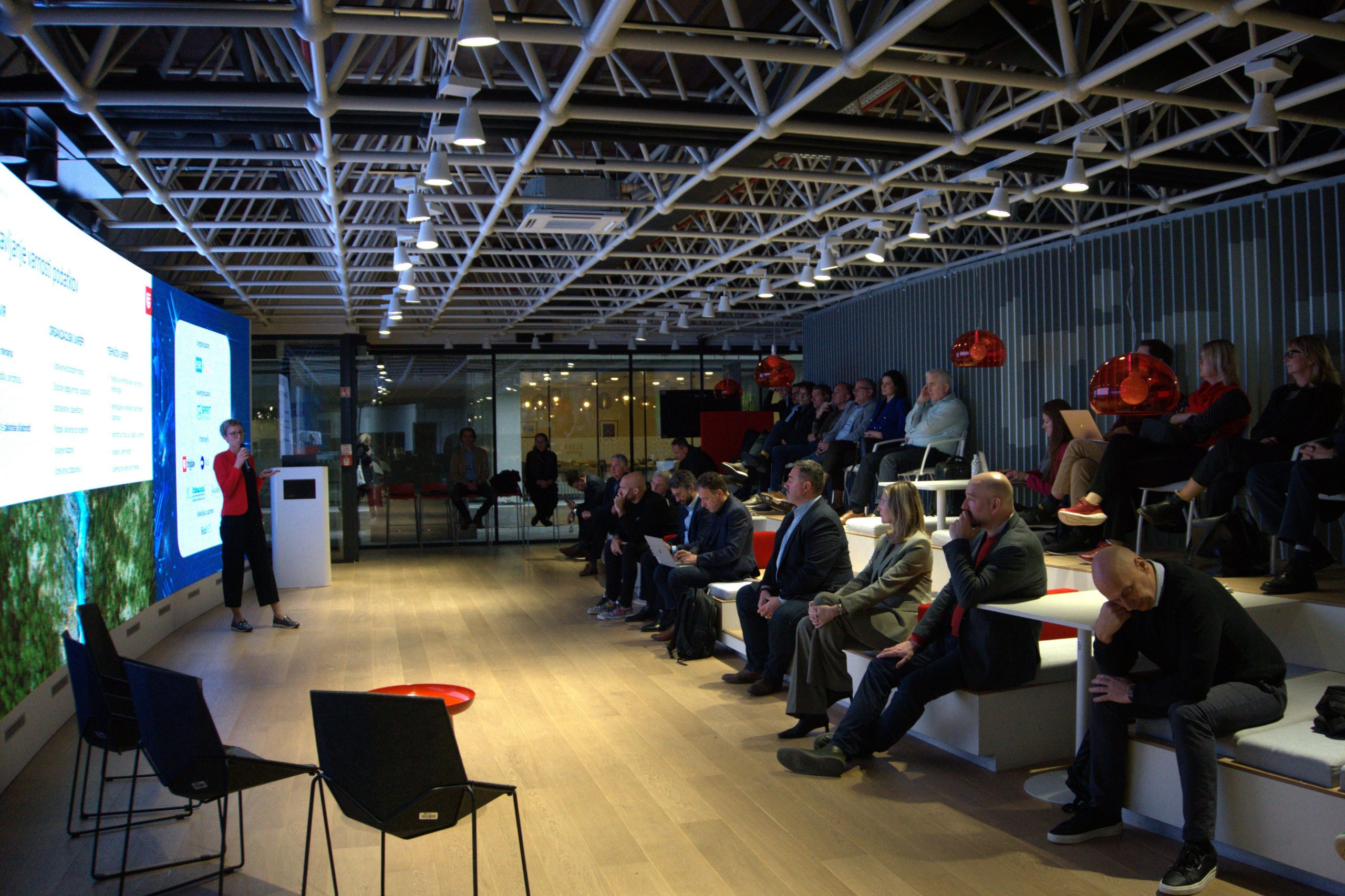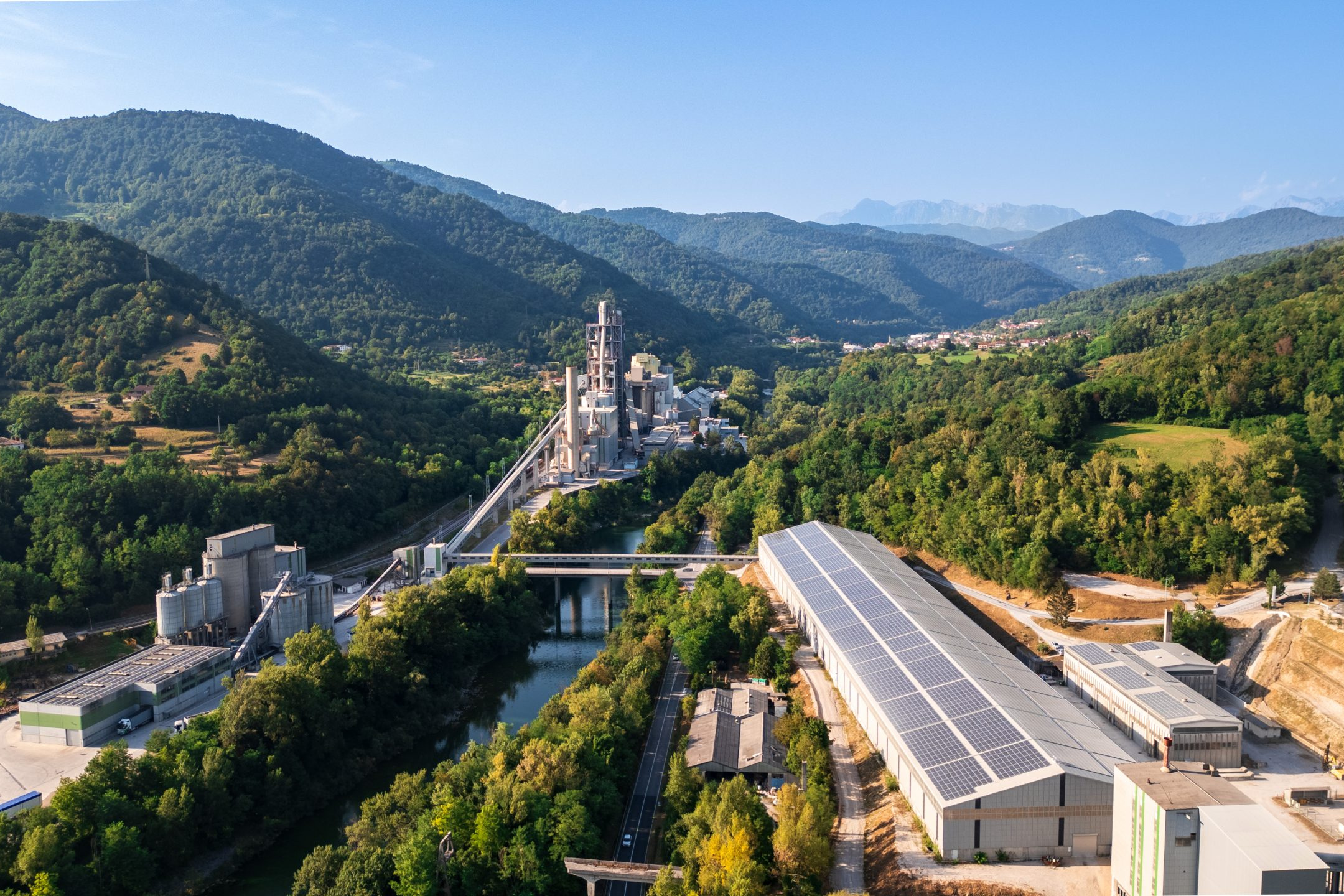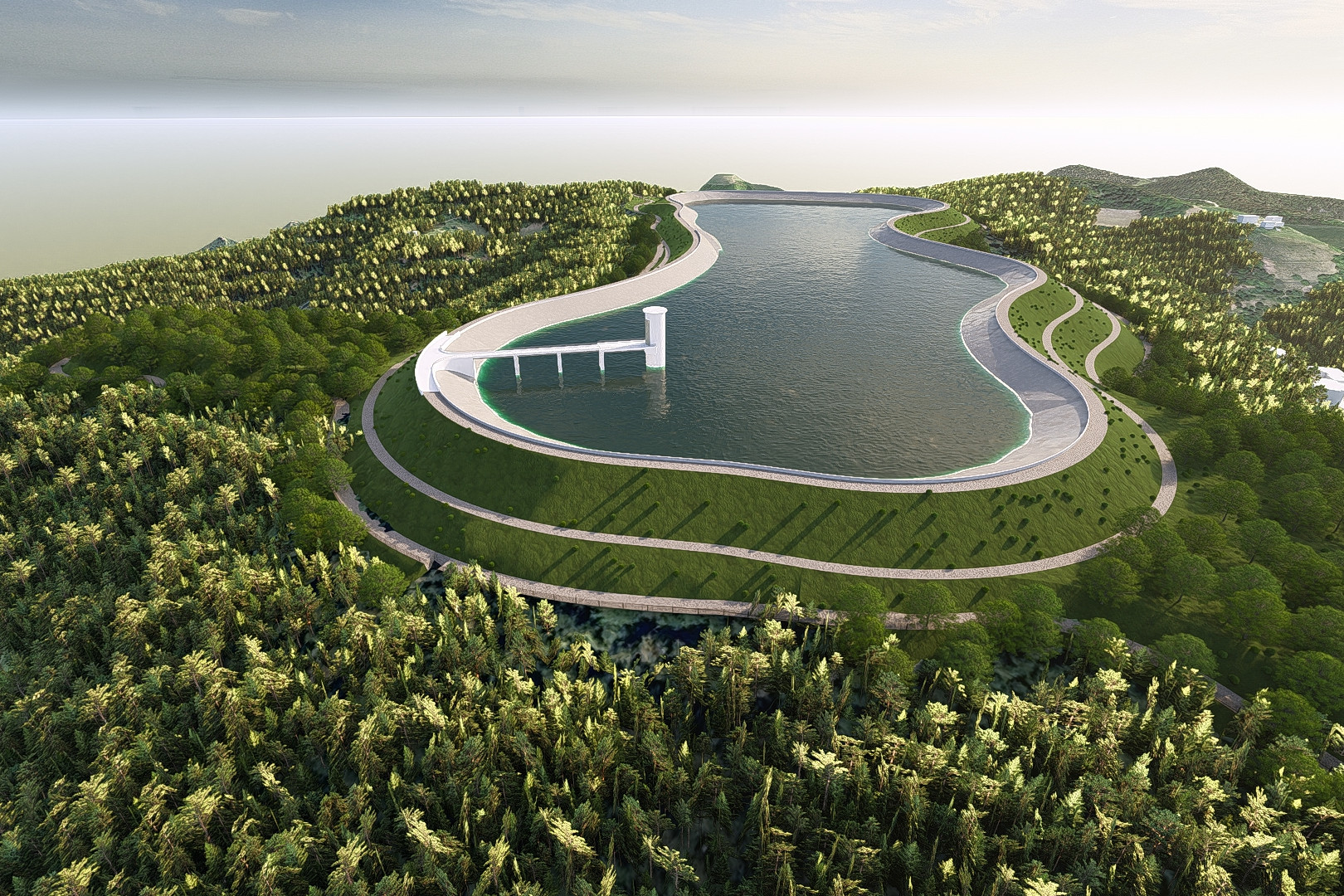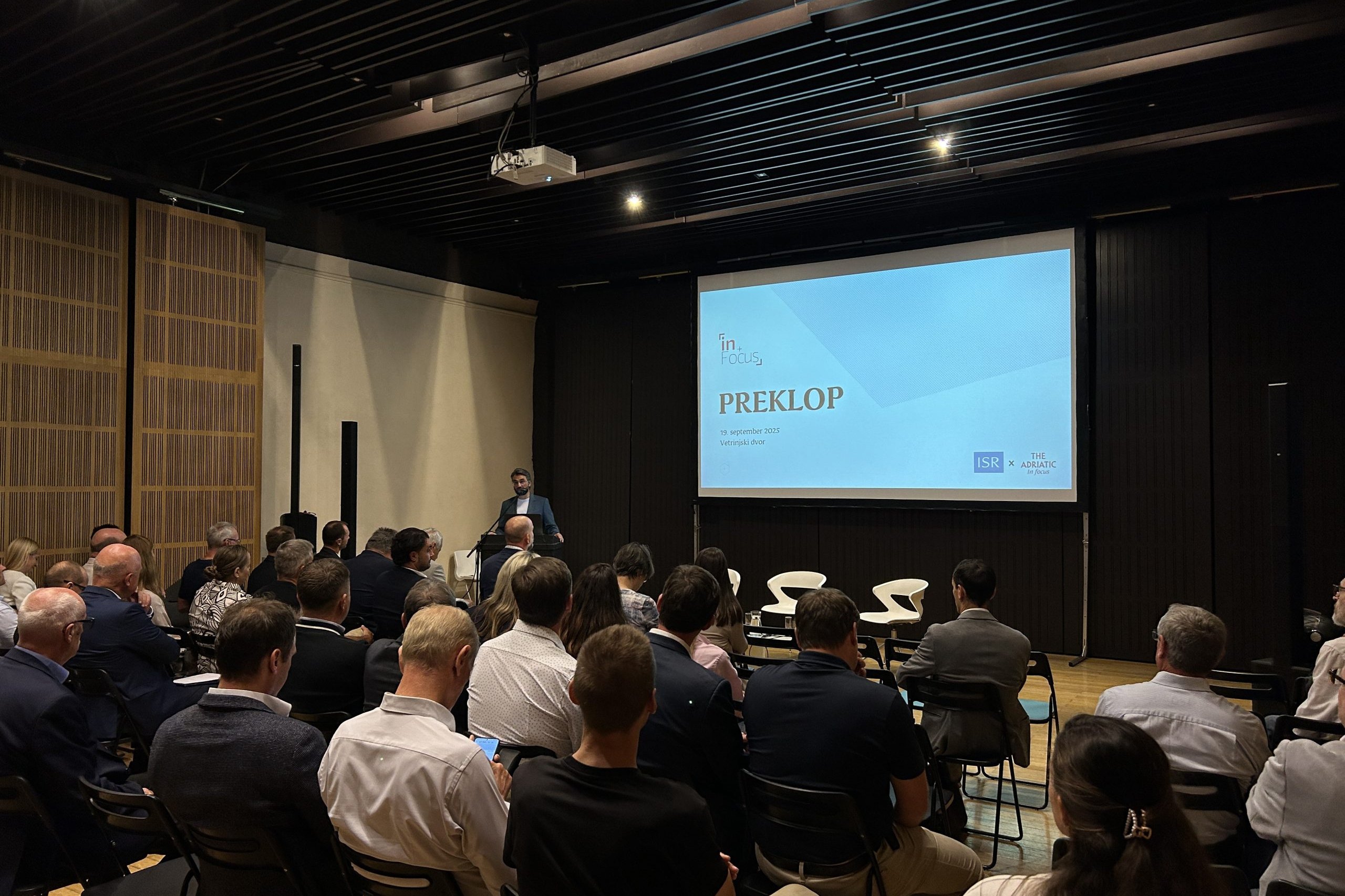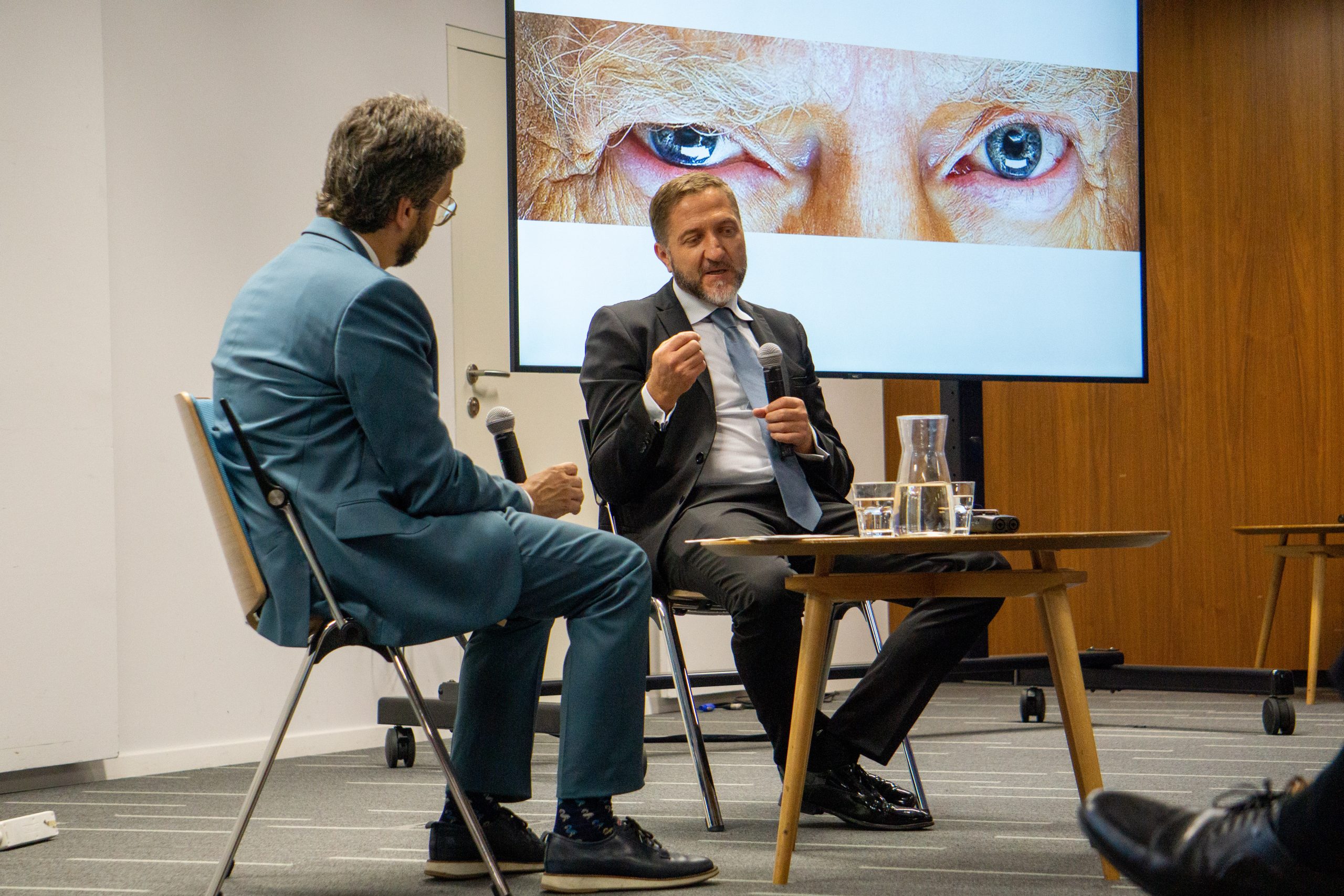Spatial planning begins for second Krško nuclear unit
A major step toward expanding Slovenia’s clean-energy capacity is now underway,
as GEN Group and the government move forward with preparations for JEK2, the
planned second unit of the Krško Nuclear Power Plant. The start of the national
spatial planning procedure (DPN) marks the formal beginning of detailed
assessments that will define the project’s location, design, and supporting
infrastructure.
The Adriatic Team
The initiative for the national spatial plan was published on 1 July 2025 by the Ministry of the Environment, Climate and Energy, together with the Ministry of Natural Resources and Spatial Planning. It sets the framework for evaluating spatial, environmental, and technical factors linked to JEK2. The documentation is publicly available on the JEK2 project website and the government portal, with a consultation period open until early autumn.
Key step toward a low-carbon future
JEK2 is the flagship investment of GEN Group, which already generates 99% of its electricity from low-carbon sources. The new nuclear unit, developed alongside renewable projects, will form the backbone of the group’s long-term strategy for climate neutrality and energy independence.
GEN’s strategy rests on three pillars: maintaining a reliable electricity supply, investing in nuclear technologies, and expanding renewable generation from hydro, solar, and wind power. Once operational, JEK2 will further strengthen the nation’s energy stability and affordability, ensuring secure supply for households and businesses.
Investing in knowledge and future generations
In parallel with its energy investments, GEN Group promotes scientific and technical education through the World of Energy visitor centre in Krško. The interactive centre introduces visitors to energy production technologies and the role of sustainable energy in everyday life.
Foundation for the next energy era
The launch of the spatial planning process represents a milestone for JEK2 and for the transition to a modern, low-carbon energy system. Combining nuclear reliability with renewable growth, the project is set to power a cleaner, more resilient future for generations to come.




